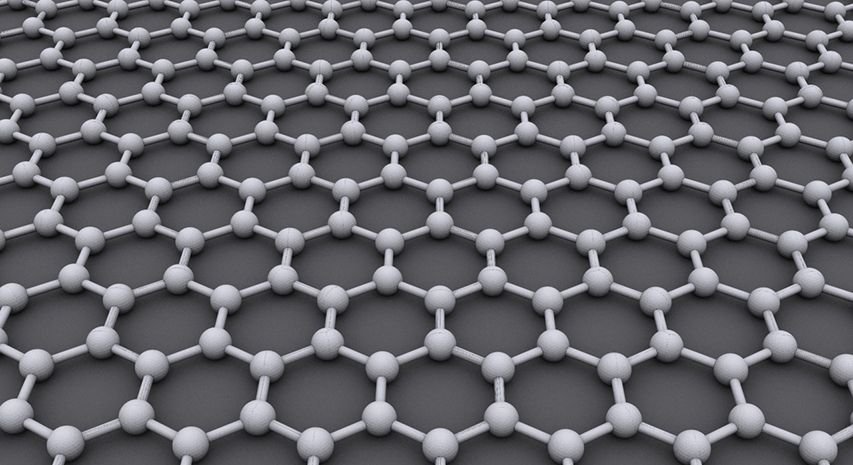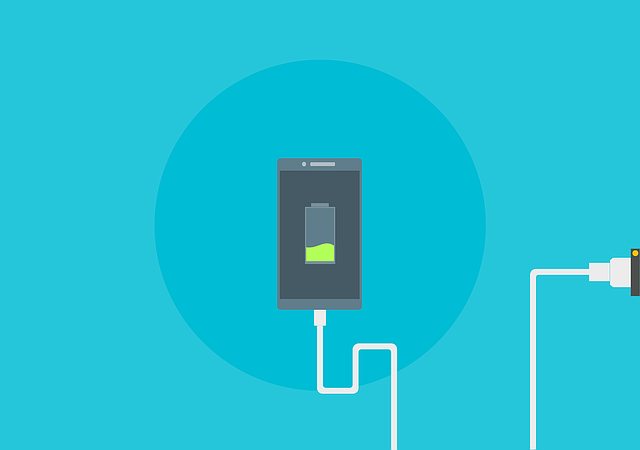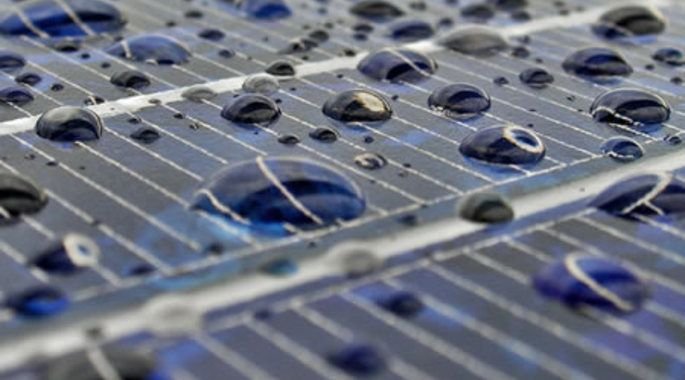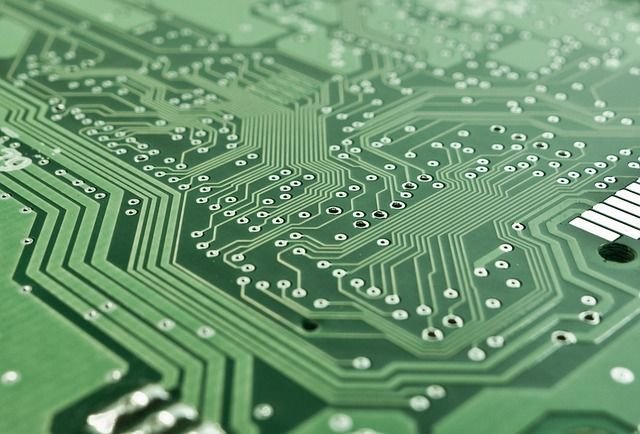For the past five years, you’ve probably been hearing a lot about a material called graphene. It is an allotrope of carbon with rather unusual properties due to which scientists are calling it a miracle material.
It is made up of a single layer of carbon atoms and is one of the strongest material known to man (200 times stronger than steel). Also, it is flexible, ultra-lightweight and more conductive than copper. With such useful properties, no wonder it is being called a wonder material.

Image Credits: Public Domain
But it is not just the properties of the material that excite scientists but what we can do with it. Graphene can help revolutionise many different industries including but not limited to computers, medicine, energy, construction and electronics.
Let’s take a loot at some of its most important applications that may transform the way we do a lot of things in different fields.
1. Extreme Fast-charging Batteries

Image Credits: Public Domain
The battery technology has really not kept up with the pace of technological advancements in other related fields and is really the singular most area of wanting in the electronics that we use today. All our gadgets need to be charged frequently and they take arguably long amount of times to get fully charged.
Graphene could change all of this by paving a way for batteries that can be charged in seconds and which won’t degrade in quality over time due to usage. In fact, some researchers even created a graphene and silicon based battery that lasted over a week on a single charge which took only 15 minutes to charge completely.
2. Solar Power In The Rain

Solar power is another area where the entire world is focusing heavily right now as a viable alternative source of energy, one which is clean and could potentially rid us of the fossil fuels and their effects on the environment.
Despite the merits that solar power has, it is almost useless in parts of the world that do not get enough sunlight. Even in parts that do, there is no guarantee of sunlight for 365 days of the year. This is where graphene steps in.
Scientists at Yunnan Normal University have managed to develop a solar panel that can generate electricity even in the rain. This is made possible by a layer of graphene on top of the solar panel which generates energy by reacting with naturally occurring salts in rainwater. Right now the efficiency is really low at 6.5% but with more research this should improve considerably.
3. End To Water Scarcity

Image Credits: Public Domain
Water scarcity is a big problem that many countries of the world are facing even though two-thirds of the planet is covered with water. The water in the oceans is salt water which we humans cannot drink without damaging our organs.
That is why we have to look for only fresh water sources which are very limited as only 0.01% of all water is fresh water that we can actually use. This is why harvesting the water in the oceans would help solve the problem of water scarcity.
That is exactly what graphene can help with. Scientists have developed a technique to punch holes into layers of graphene that are large enough to let the water molecules through but small enough to block salt molecules. According to tests, graphene was able to block 100% of the salt.
4. Base of Future Computer Microprocessors

Image Credits: Public Domain
As you may know, the size of the microprocessor inside a computer is reduced every two years or so in keeping with Moore’s Law. This helps make computers more efficient while at the same time increasing performance.
But now these microprocessors are reaching to a point where they will soon be on the level of the atoms themselves. That will be a huge problem because then we will be entering the bizarre world of quantum mechanics.
Many researchers have suggested that graphene could be the answer to the problem. It can be used a transistors in a microprocessor since it is a great transporter of electricity (200 times faster than silicon). In fact, IBM has created a graphene-based circuit that they claim performs 10,000 times better than silicon based microprocessors.
